More stories

The Essential Guide to Data Protection & Security with the Nightfall Developer Platform
The last decade has seen a dramatic rise in data breach risk, with data breach incidents increasing nearly 840% between 2005 and 2019 according to the Identity Theft Resource Center. In this guide, learn about the growing problem of sensitive data exposure and how to use the Nightfall Developer Platform to easily build tools to identify and remediate this problem.

The Essential guide to Data Loss Prevention in Confluence
The Atlassian ecosystem provides thousands of companies with the ability to collaborate remotely through powerful, feature-rich SaaS applications like Confluence. Over the least year, the rise of remote work has meant many companies have hosted their internal information hubs on Confluence. As such tools become the norm across companies, big and small, the amount of sensitive information stored in these systems will increase.

The Essential Guide to Data Loss Prevention (DLP) in Jira
The Atlassian ecosystem provides thousands of companies with the ability to collaborate remotely through powerful, feature-rich SaaS applications like Jira. As such tools become the norm across companies, big and small, the amount of sensitive information stored in these systems will increase. This means that organizations need to prioritize minimizing the risk of exposure within cloud environments.

Nightfall Employee Spotlight: Jeannie Liou – Director of Product Marketing
We’re excited to introduce Jeannie Liou who joined Nightfall as our Director of Product Marketing. With an extensive background in product marketing, Jeannie has a storied marketing career working with companies such as Apple, Rubrik, and Snowflake. She brings with her a deep knowledge of building out product positioning and messaging that resonates with customers, as well as a passion for technology that improves the way we work, transact, and collaborate.

What is DevSecOps: A Comprehensive Guide
The rise of cloud, containers, and microservices has shifted the way software developers work for good. Whereas traditionally, software developers would release a new version of an application every few months, today’s platforms allow teams to work faster and more streamlined. These advancements have led to the rise of “software, safer, sooner” — also known as DevSecOps.

The Essential Guide to CRM Data Loss Prevention in Salesforce
As with most SaaS applications, within Salesforce it is your organization’s responsibility to determine whether Salesforce’s default security settings meet your specific security and compliance obligations.Read this online guide, for free, to learn about the problem of data exposure in Salesforce and how to ensure compliance with HIPAA, PCI, and other leading industry standards while storing sensitive data in Salesforce.

GitHub Secrets Detection & Data Loss Prevention Guide
Environments like GitHub present data exposure risk in the form of secrets leakage and sensitive PII leaking from repositories. Read this online guide, for free, to learn about the problem of secrets exposure and leakage in GitHub, as well as how to easily implement secrets detection and scanning to prevent this risk.

Is Slack Secure from Threat Actors & Hackers in 2023?
When Uber was breached in September, the hacker remained undetected until they announced their presence within the org via Slack. This incident provides yet another example of Slack being leveraged by an attacker. In this post, we’re going to review some of the ways attackers have used Slack in breaches, why this is happening, and what you can do about it.

An Overview of the California Data Breach Notification Law (+Compliance Template)
Many states in the US have data privacy and protection statutes as part of their legal codes. For the most part, these codify what types of PII/PI constitute a data breach, as well as when and how an entity doing business should communicate with customers if a data breach occurs.

How to Use Data Loss Prevention (DLP) for LGPD Compliance
The Brazilian General Data Protection Law (LGPD) came into effect on August 16, 2020. The law creates new rights for individuals with respect to their data and imposes significant obligations on companies that process personal data. This guide will provide an overview of the key provisions of the LGPD and explain the steps that companies must take to comply with the law.

New Nightfall Platform Enhancements Makes Parsing and Managing Findings Easier
Nightfall customers have always lauded the platform’s ease of use and simplicity, but our team is always hard at work looking for ways to improve user experience. This month, we’ve made multiple features GA across the platform, that will further your ability to further customize what content and files trigger Nightfall detectors as well as the ways you can ingest this data.

November news & updates from Nightfall AI
The Nightfall blog is a knowledge base for cybersecurity professionals with news and insights from the world of cloud security. Each week, we’re publishing new content to help you stay up-to-date on cybersecurity topics and to prepare you for the issues and threats that occur every day on the job.

Recent AstraZeneca Breach Illustrates Risk of Credential Leakage Across Cloud Apps
Yesterday, TechCrunch broke a story about pharmaceutical giant AstraZeneca, which experienced a leak affecting sensitive patient data. We think this incident is worth reviewing to learn more about how data exfiltration risk is distributed across the entirety of an organization’s SaaS infrastructure.

Understanding The Gramm-Leach-Bliley Act (GLBA) Privacy Rule
The Gramm-Leach-Bliley Act, known as the GLBA, was passed in 1999 under President Clinton. The goal of the GLBA was to update and modernize the financial industry. Today, it’s primarily used to protect customer and consumer information, with steep penalties for financial institutions that violate its privacy rules. Here’s what you need to know about the GLBA and its regulations.

Nightfall Introduces 3 Powerful Remediation Features to Enhance Security Teams’ Efficiency
Our team has been hard at work with continuous updates to improve and streamline the Nightfall DLP platform. We wanted to share with you the latest platform updates guaranteed to improve the speed at which security administrators and teams will be able to remediate incidents.

What is a Cyber Security Playbook and How Can it Benefit Your Security Program?
You probably don’t need anyone to tell you that, today, infosec and cybersecurity are challenging and fast-paced endeavors. In the last five years alone, we’ve seen a myriad of industry altering developments — from an ever expanding universe of privacy compliance legislation and the permanent entrenchment of hybrid and remote work, to growth in the size and scope of data breaches — the world of security has proven ever complex and ever-shifting.

NIST vs ISO Compliance: What's the Difference?
As businesses and health organizations seek to strengthen cybersecurity, they’re turning frequently to compliance frameworks to help prioritize, guide, and improve decision-making and implementation. Two of the more popular compliance frameworks are the NIST CSF and the ISO 27001.

How does sensitive information end up in observability platforms?
Observability (logs, traces, metrics) is a core tenet to building strong software systems. Logs are used to debug issues and check on system activity, traces provide valuable insights into system performance and architecture, and metrics allow engineering teams to closely track business metrics within their systems.

What is Data Exfiltration?
Data exfiltration, quite simply, is the risk of your data ending up somewhere it doesn’t belong. Though this definition might seem simple, understanding this risk is quite complicated — especially as companies migrate their data into the cloud. Companies that work remotely using cloud platforms like Google Drive, AWS, or Jira often struggle to maintain the visibility needed to ensure their data remains secure. This increases the risk of data exfiltration, which can often go undetected for weeks, if not longer.

How Penetration Testing Helps Cloud DLP
The market for penetration testing is expected to reach $3.1 billion by 2027, rising at a market growth of 12% CAGR during this time. Fueled by the rising number of mega-breaches and more sophisticated attacks, IT teams are taking a more proactive approach, using penetration testing to validate and improve their security configurations.

Distributed Tracing with Datadog
Here at Nightfall we ensure that we are always using the most appropriate technology and tools while building services. Our architecture involves serverless functions, relational and NoSQL databases, Redis caches, Kafka and microservices written in Golang and deployed in a Kubernetes cluster. To effectively monitor and easily troubleshoot our services, we use distributed tracing across our services.

How To Manage The Hidden Impacts of Data Leak With Cloud DLP
Data leaks are a type of data loss threat that often fly under the radar — making them potentially more damaging than a malware or ransomware attack. Compared to data breaches, data leaks put customer information at risk accidentally. Data leaks can lead to credit card fraud, extortion, stolen IP, and further attacks by cybercriminals who seek to take advantage of security misconfigurations.

ICYMI: 5 Major Considerations for Slack Security in 2022
We hosted a webinar alongside Bluecore CISO Brent Lassi to discuss data security risks facing high-growth organizations like his on SaaS systems like Slack. Watch the following clips to learn 5 important lessons about Slack and SaaS security that are worth keeping in mind this year.

Enhance Data Governance & Intelligence across SaaS Systems
Enterprise legal, compliance, and governance teams struggle to detect, manage, govern, and protect information in near real time. Similarly, litigation, HR and investigation teams struggle with data intelligence on information they have collected from cloud applications like Slack and Google Workspace.
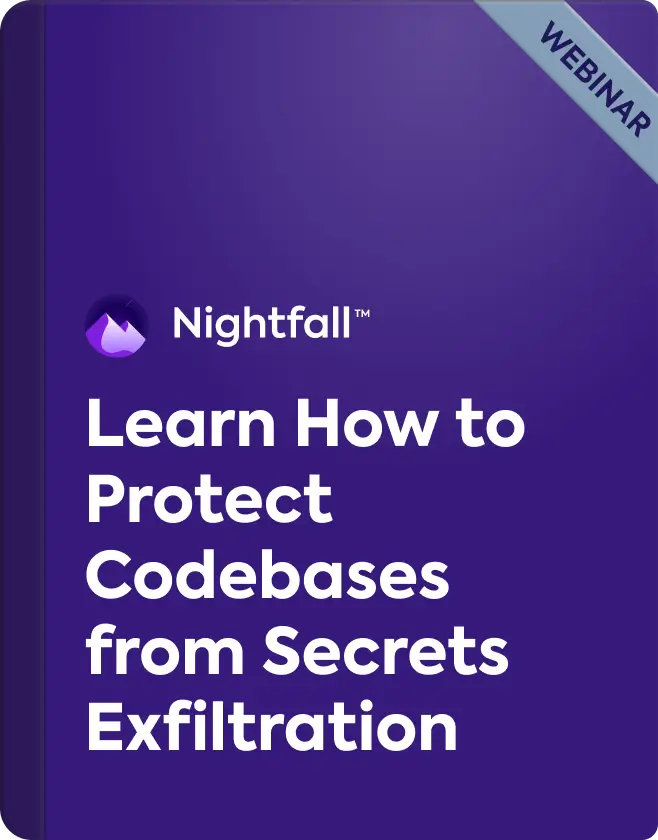
Learn How to Protect Codebases from Secrets Exfiltration
Listen to Nightfall’s CTO, Rohan Sathe, and product specialist, Michael Osakwe, to learn about the increased exfiltration risks posed by code repositories. Learn how threat actors are incorporating targets like GitHub into their attacks, why this has become more common, and best practices to reduce your attack surface.

Discover Secrets Leaks in Code Repos with Nightfall for GitHub
Git-based repositories can create environments where secrets & credentials are exposed without notice, especially in environments with lots of contributors and few guidelines regarding best practices for handling credentials or environments with external collaborators who might not be familiar with best practices

Protected Health Information (PHI) detector for digital healthcare datasheet
Healthcare organizations require an effective way to scale HIPAA compliance enforcement across their cloud applications without excessive time and resource commitment. This requires a high-accuracy solution capable of parsing context to identify PHI violations as they are defined by HIPAA

Guide to HIPAA Compliance on Slack
Data loss prevention (DLP) is an important part of data security and compliance in the cloud, especially for organizations regulated by HIPAA. Furthermore, healthcare teams using Slack must follow specific guidelines laid out in Slack’s Business Associate Agreement (BAA).
.webp)
Guide to Data Loss Prevention (DLP) for Jira
Data loss prevention (DLP) is an important part of data security and compliance in the cloud, especially for organizations using SaaS applications that store high volumes of data. Companies turn to DLP solutions to discover, classify, and protect their sensitive data in environments like Jira, and maintain compliance with regimes like GDPR, CCPA, PCI, and more.

Guide to Data Loss Prevention (DLP) in Google Drive
Data loss prevention (DLP) is an important part of data security and compliance in the cloud, especially for organizations using SaaS applications that store high volumes of data. Companies turn to DLP solutions to discover, classify, and protect their sensitive data in environments like Google Drive, and maintain compliance with regimes like GDPR, CCPA, PCI, and more.

Data Security with the Nightfall Developer Platform
As a result of growing data breaches governments across the world are beginning to implement compliance regimes which require organizations to understand the quantity and nature of that data they’re ingesting. The Nightfall developer platform is designed to help organizations accomplish this with APIs that allow developers to stream data to our machine learning detectors for classification.

The Business Case for Cloud Data Protection
As organizations continue to rapidly adopt SaaS and cloud infrastructure, IT and security teams are becoming stretched. The expanding universe of business-critical cloud applications creates increased risk for the exposure of sensitive data like PII, PHI, as well as secrets and credentials. Cloud data protection is essential to ensuring employees follow best practices for handling sensitive data and that systems are configured in a manner that prevents unauthorized access.


.png)


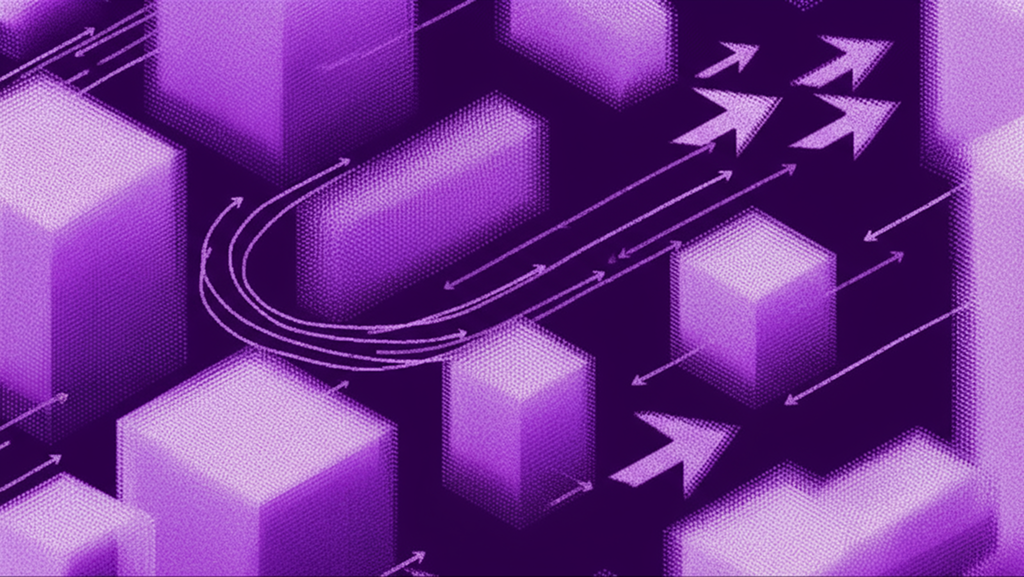
.png)
.png)
.png)
.png)
.png)
.png)
.png)
.png)
.png)
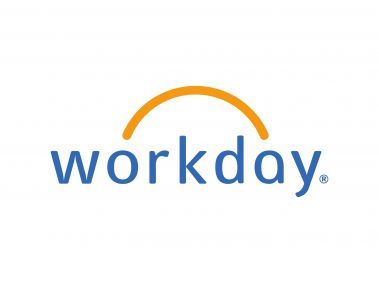

.png)
.png)
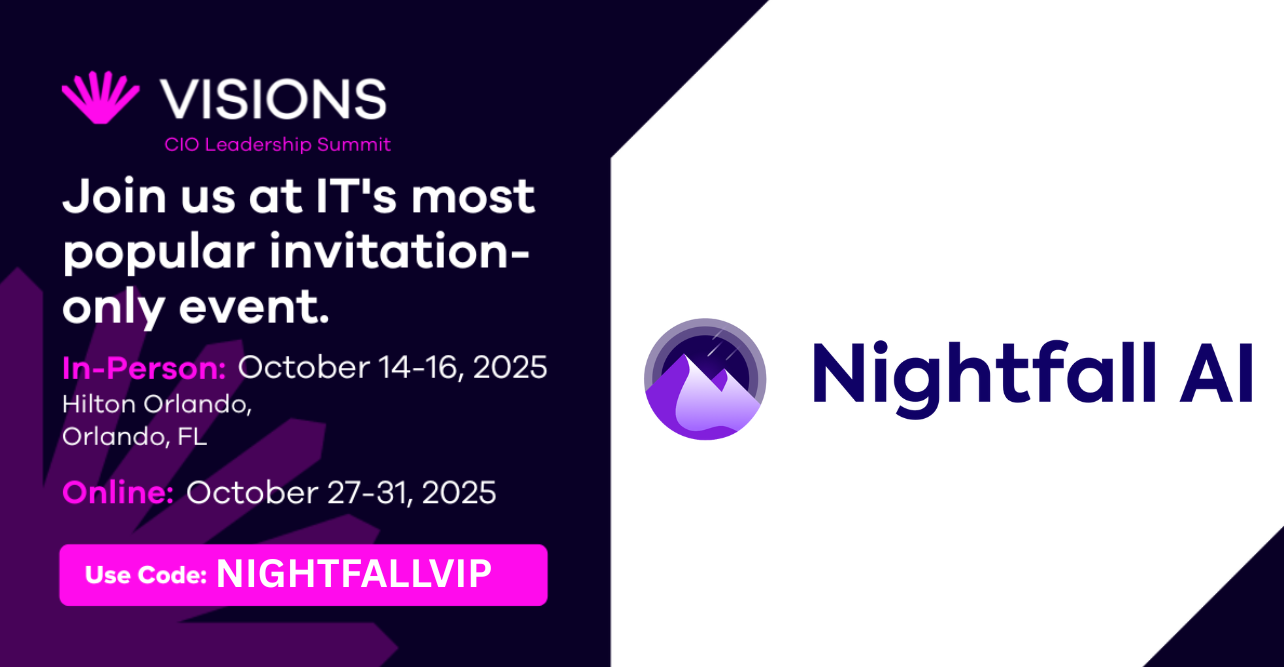
.png)

.png)


.png)
.png)
.png)
.png)




.png)
.png)


.png)








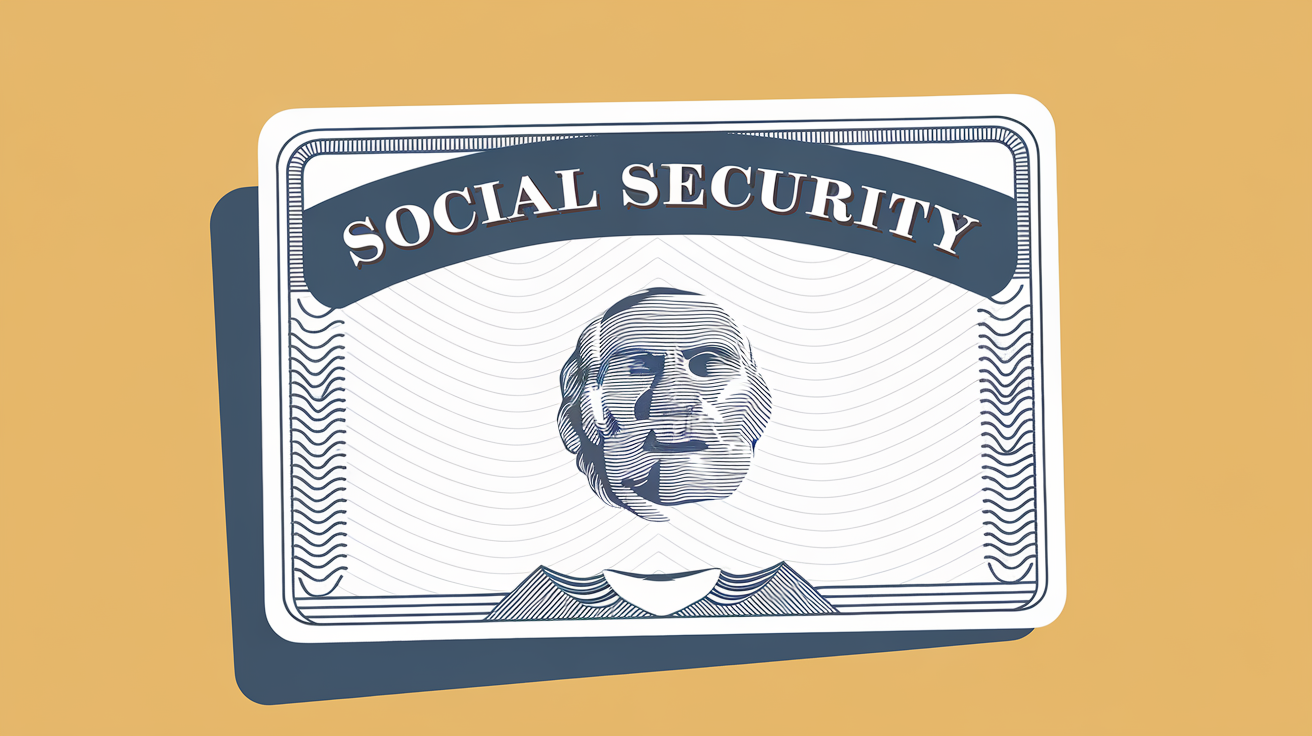



































































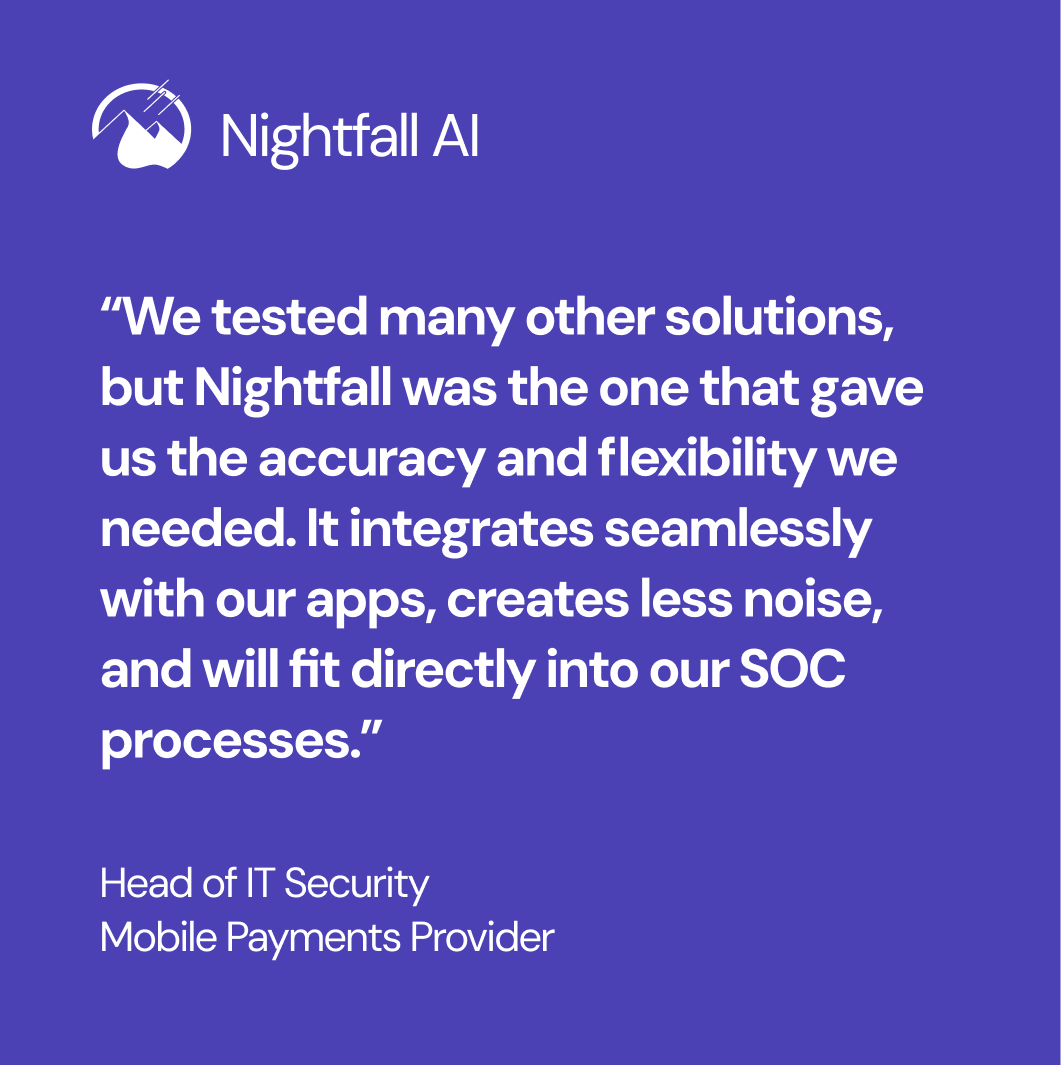
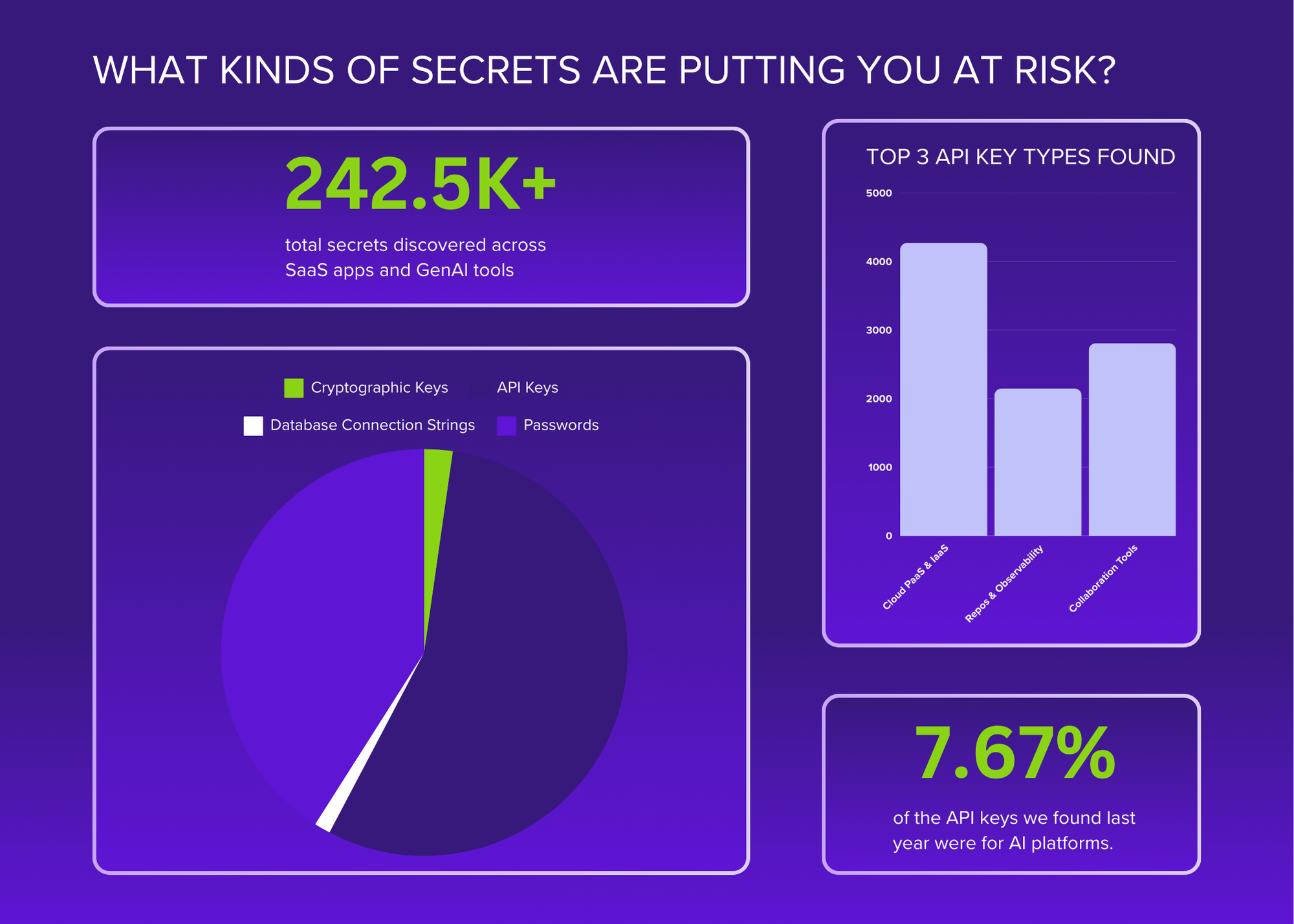
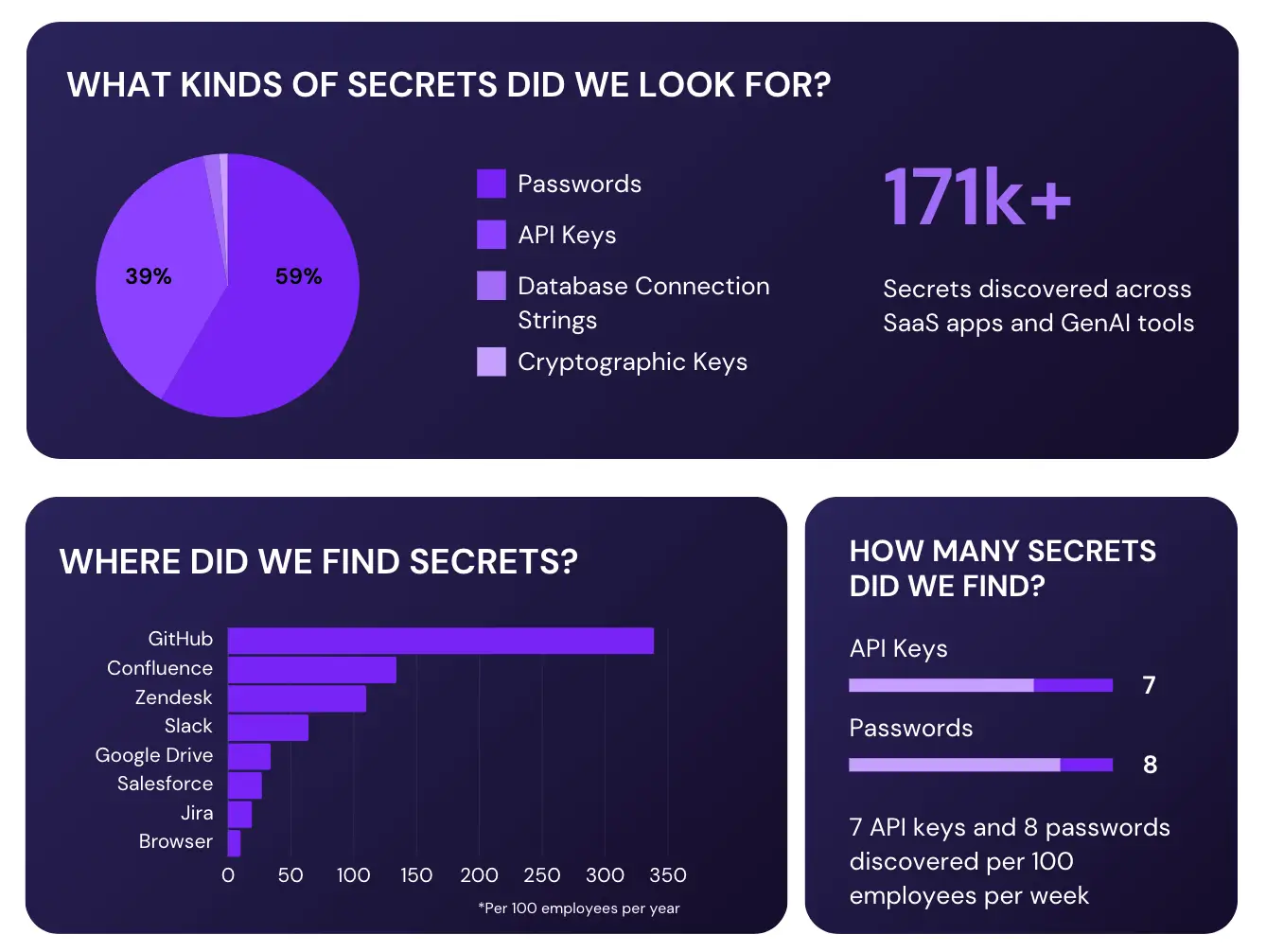





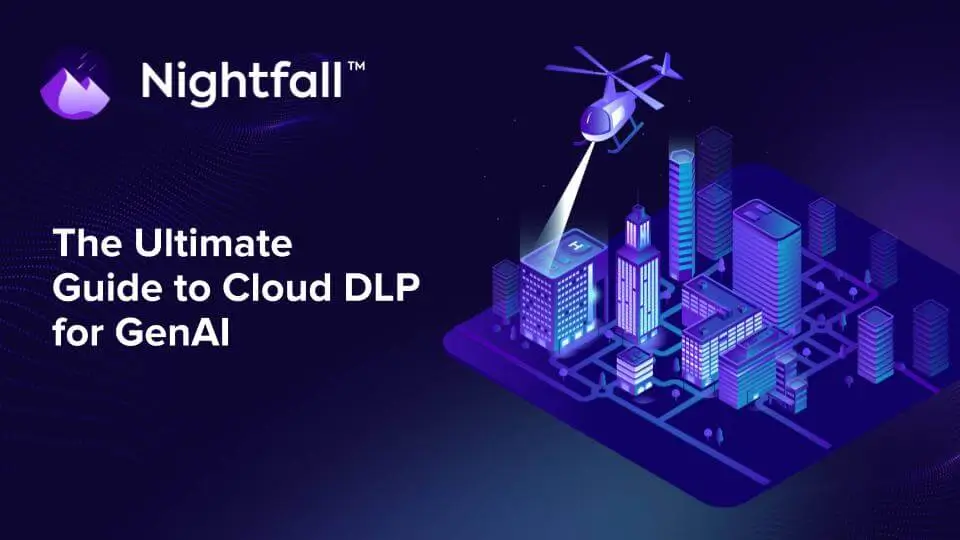














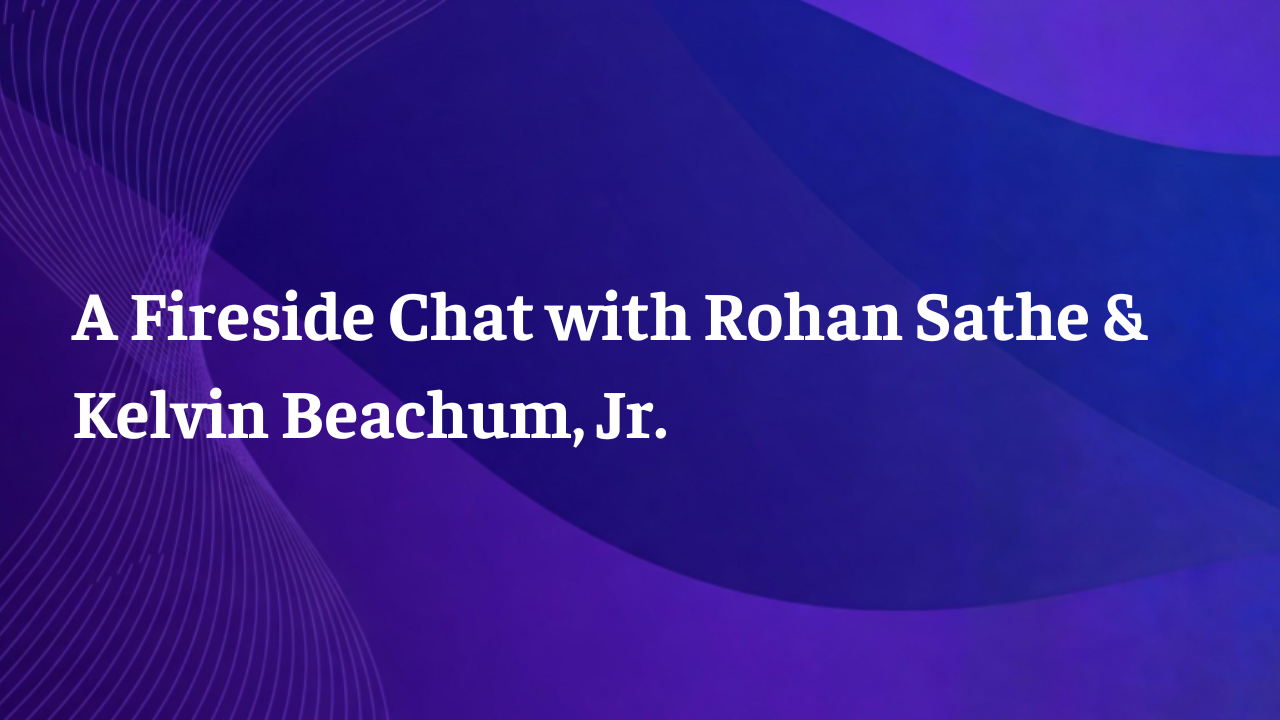
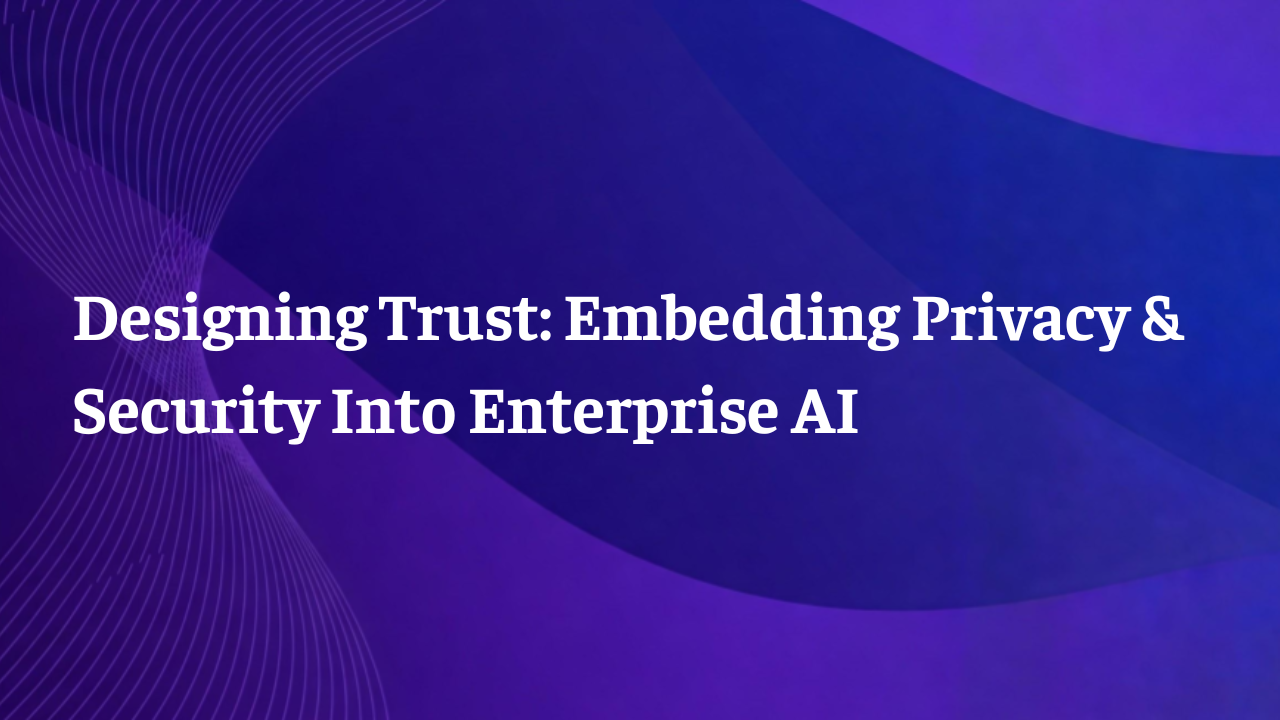
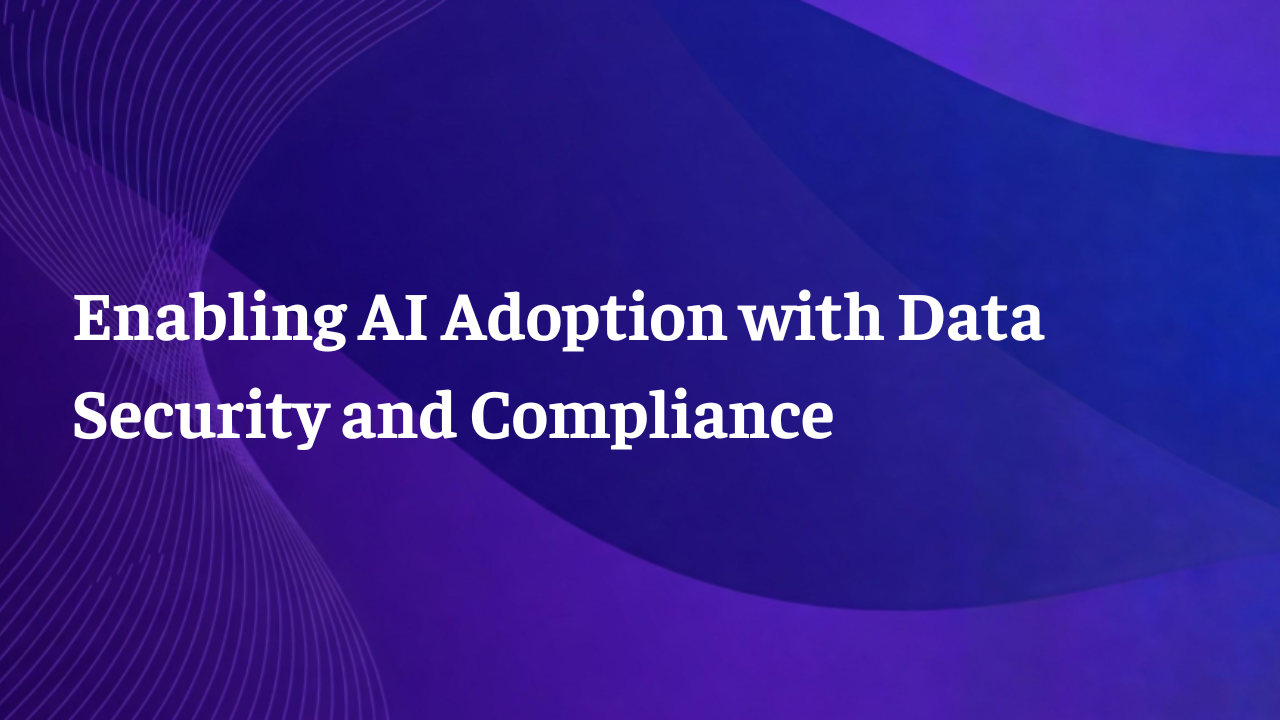
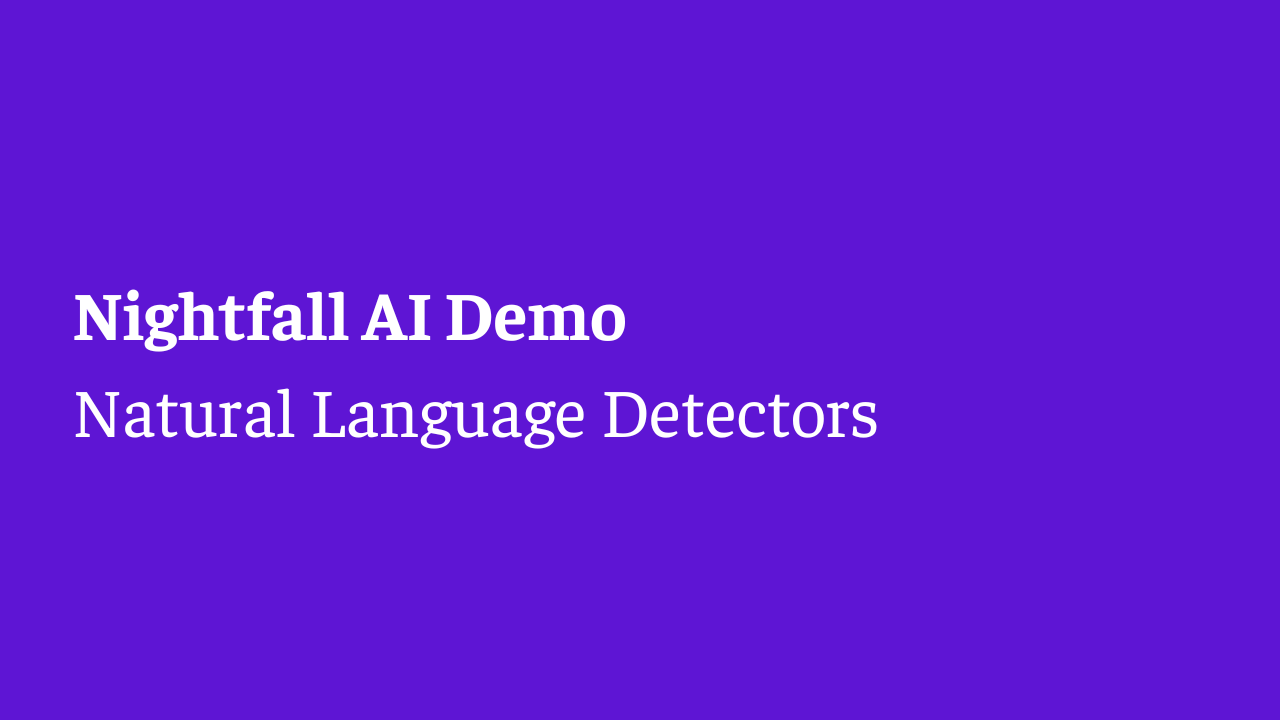

.png)
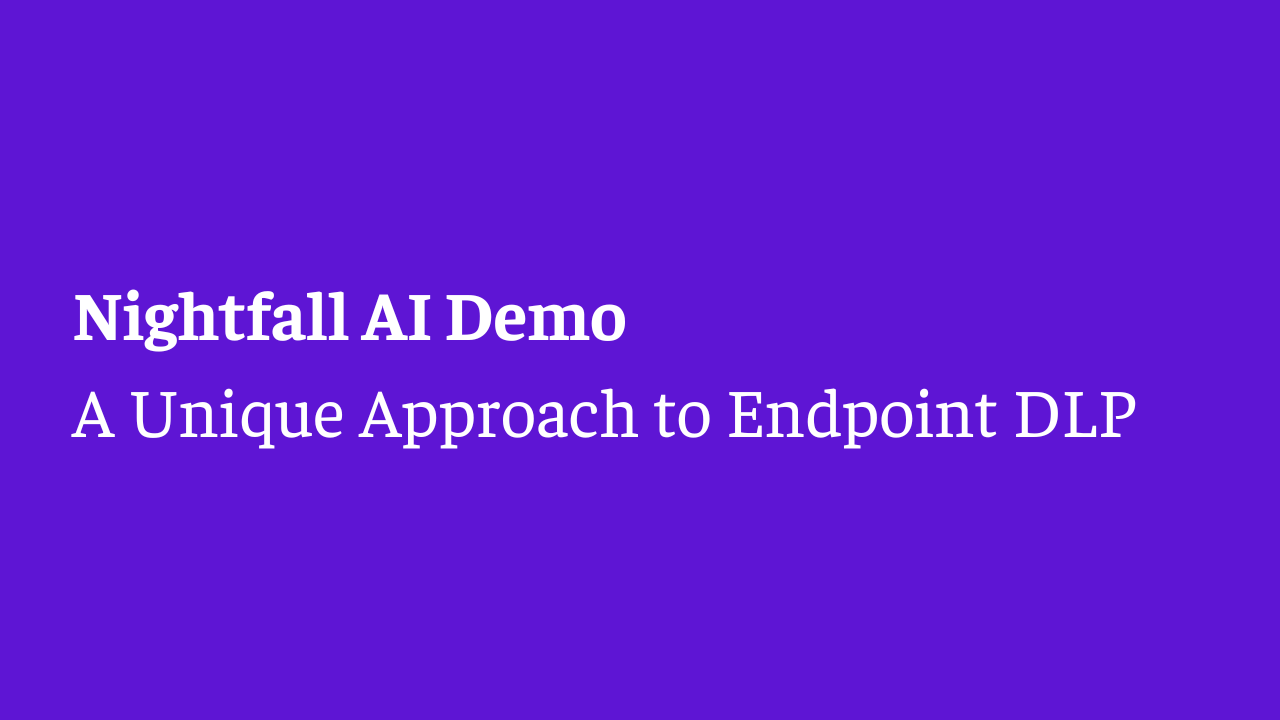
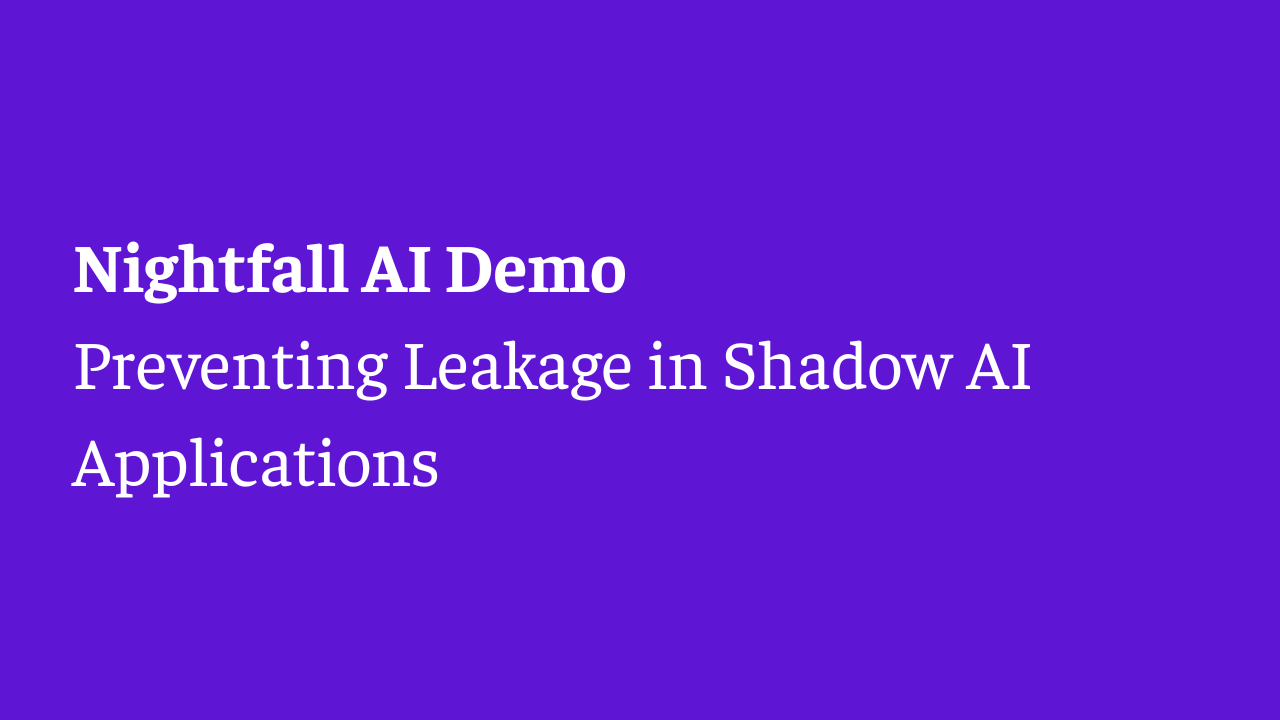
.png)
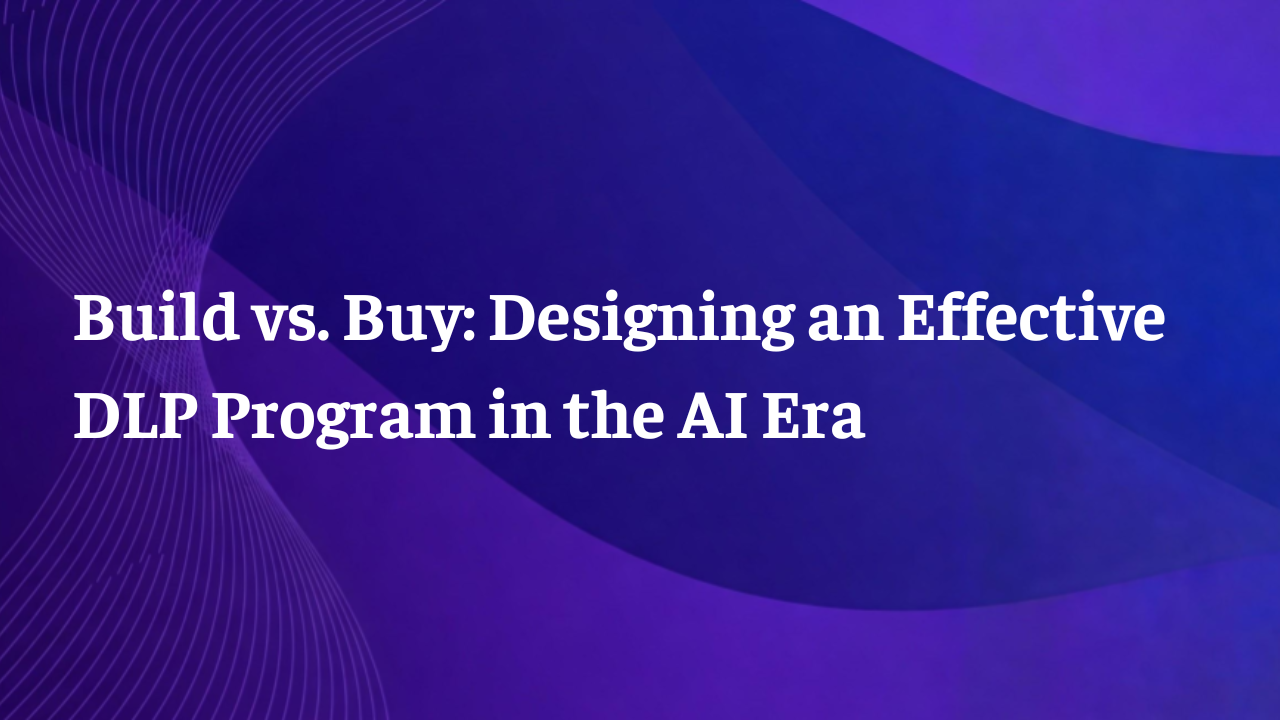
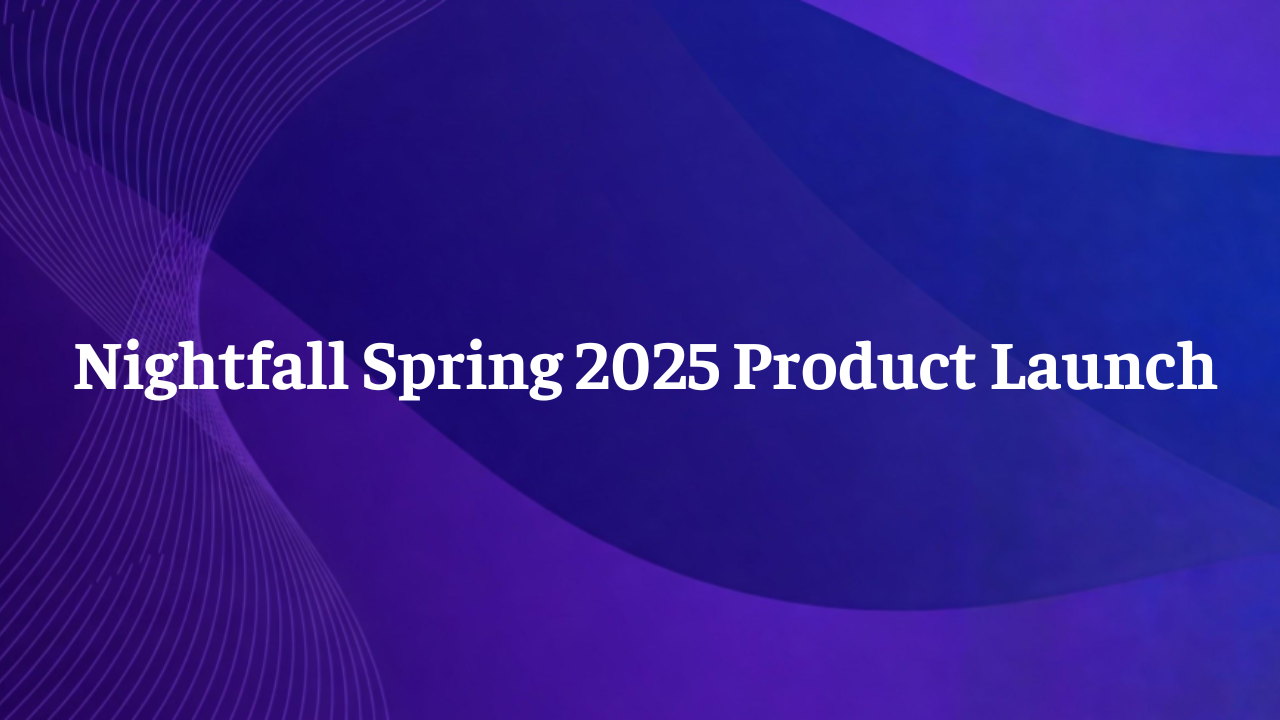
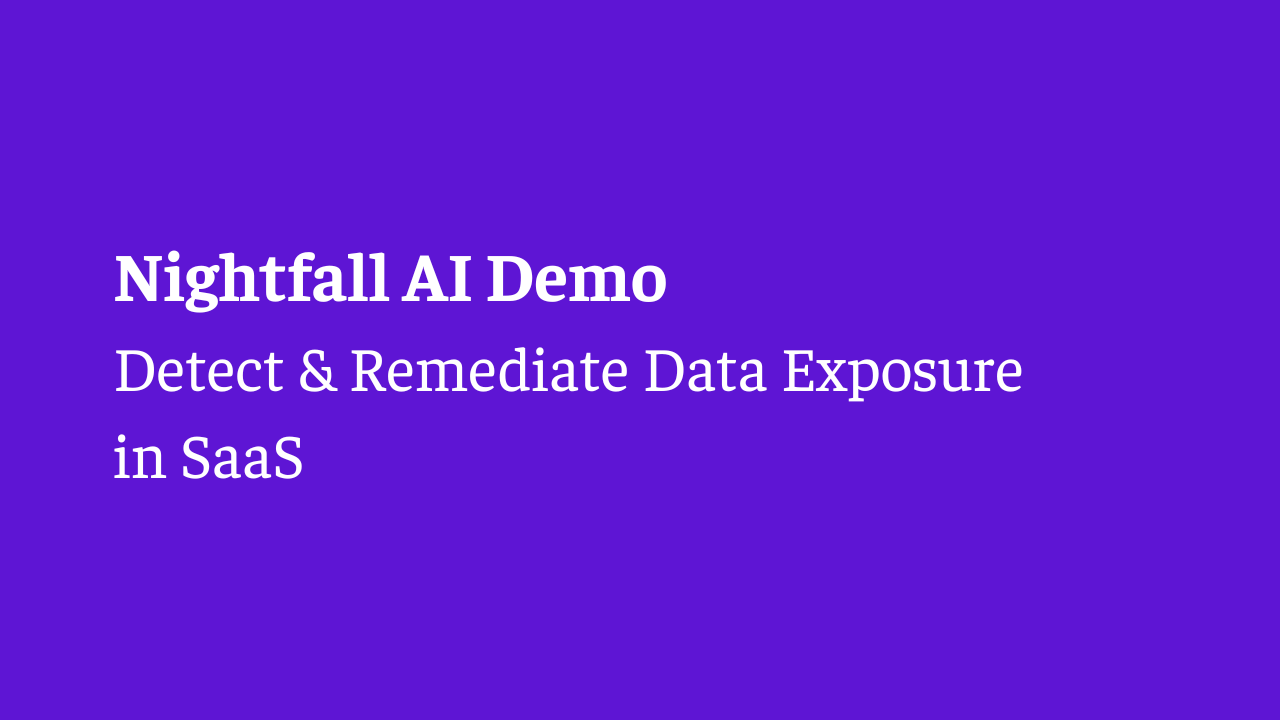
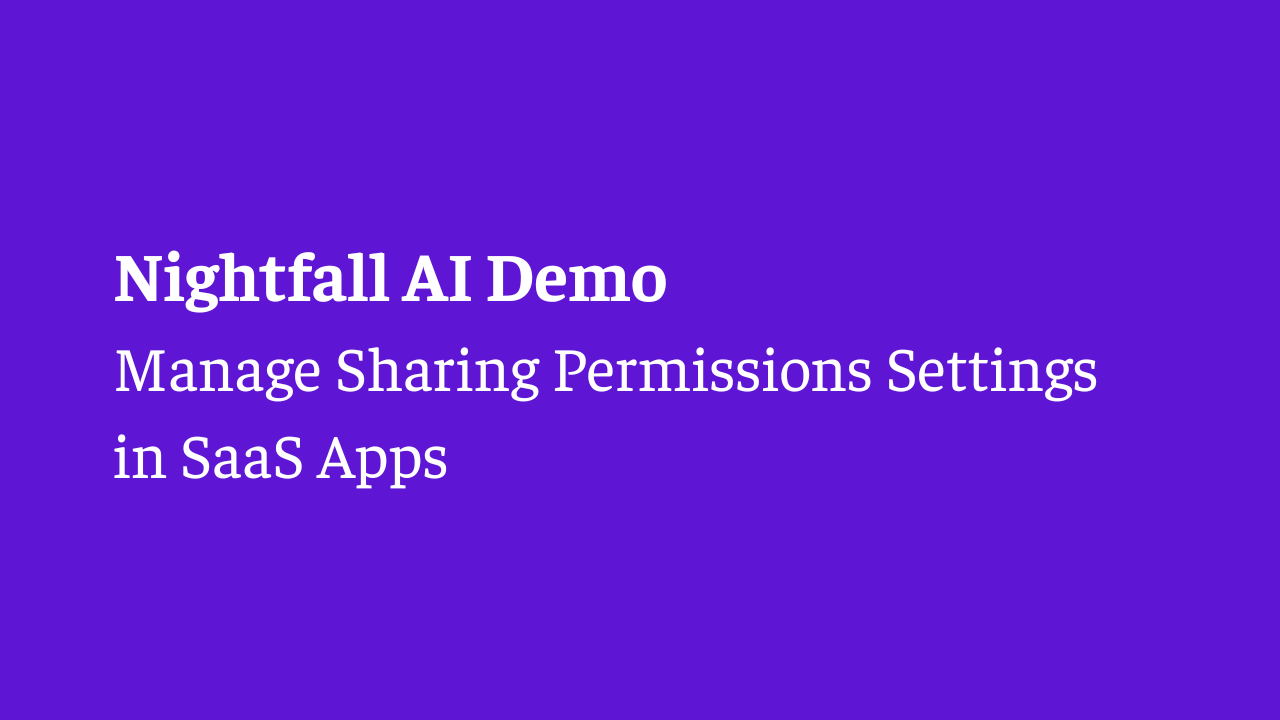

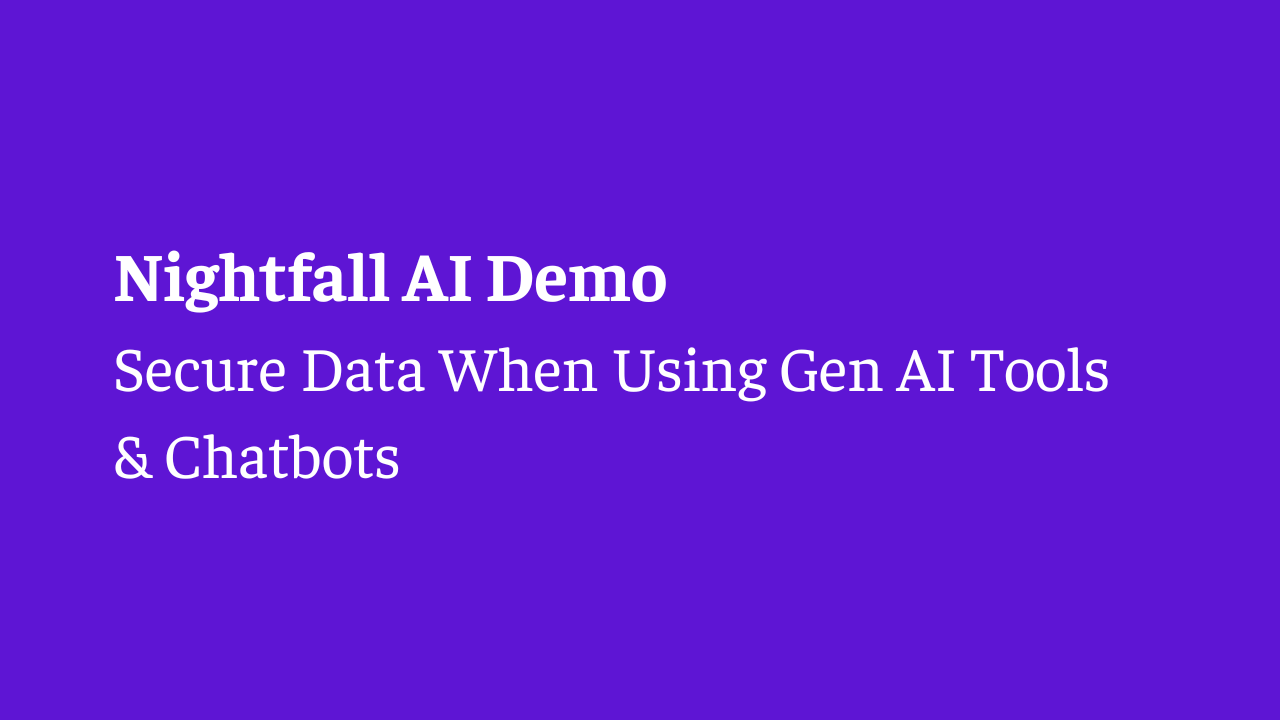
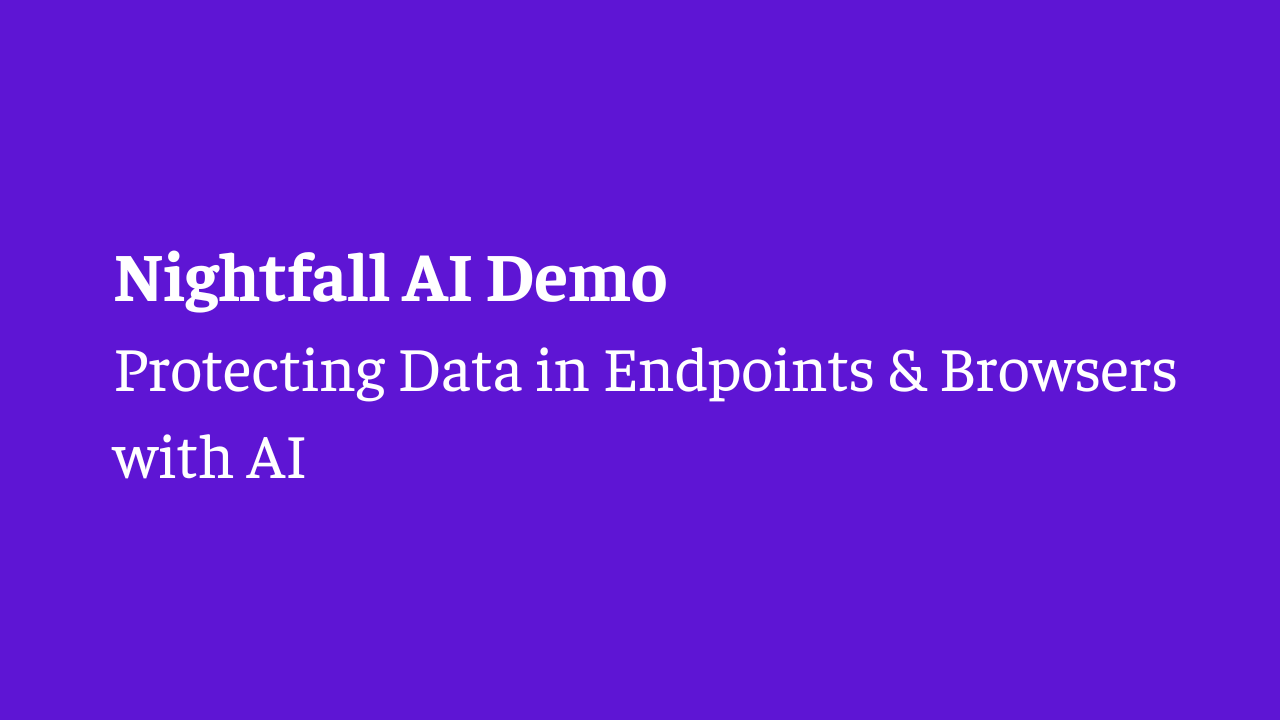
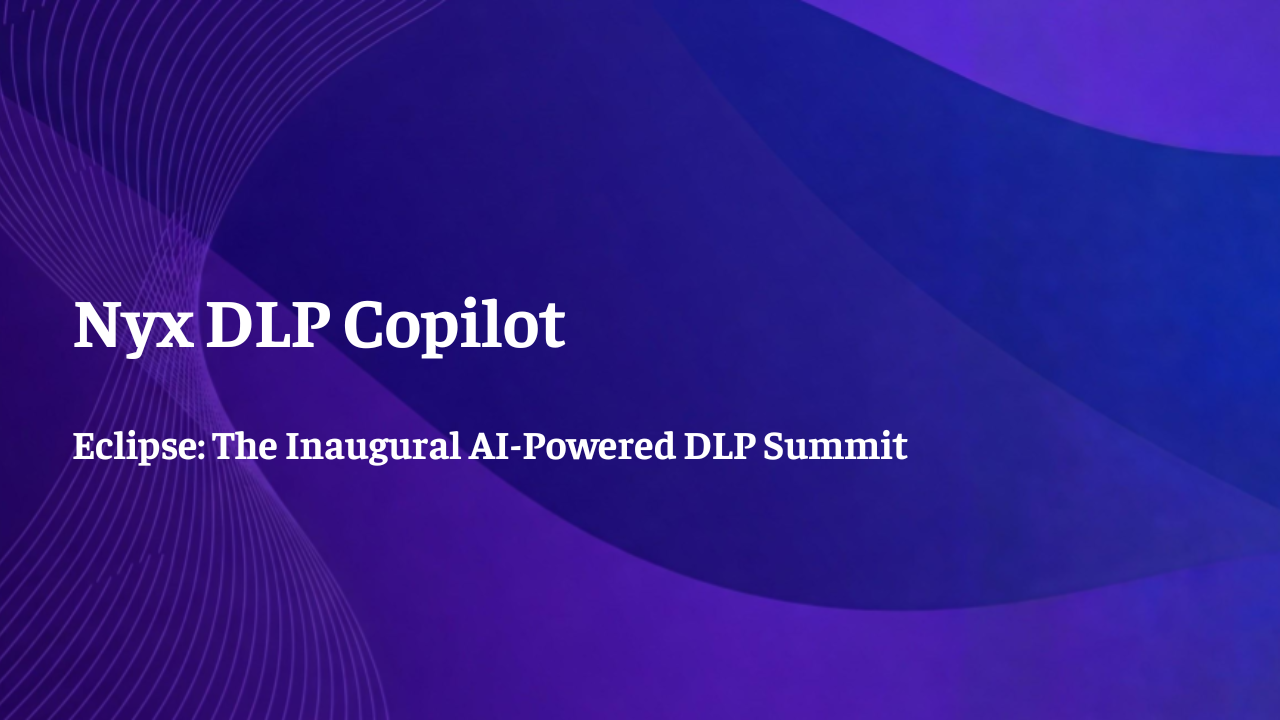
.png)
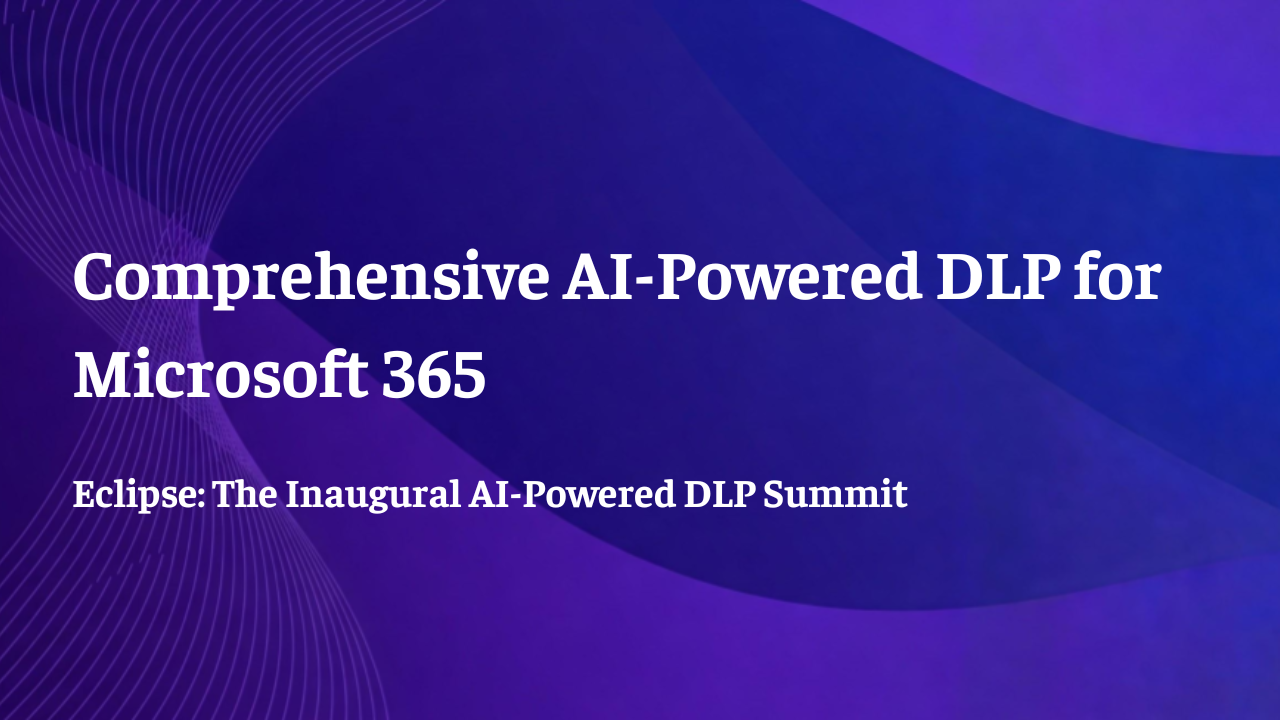
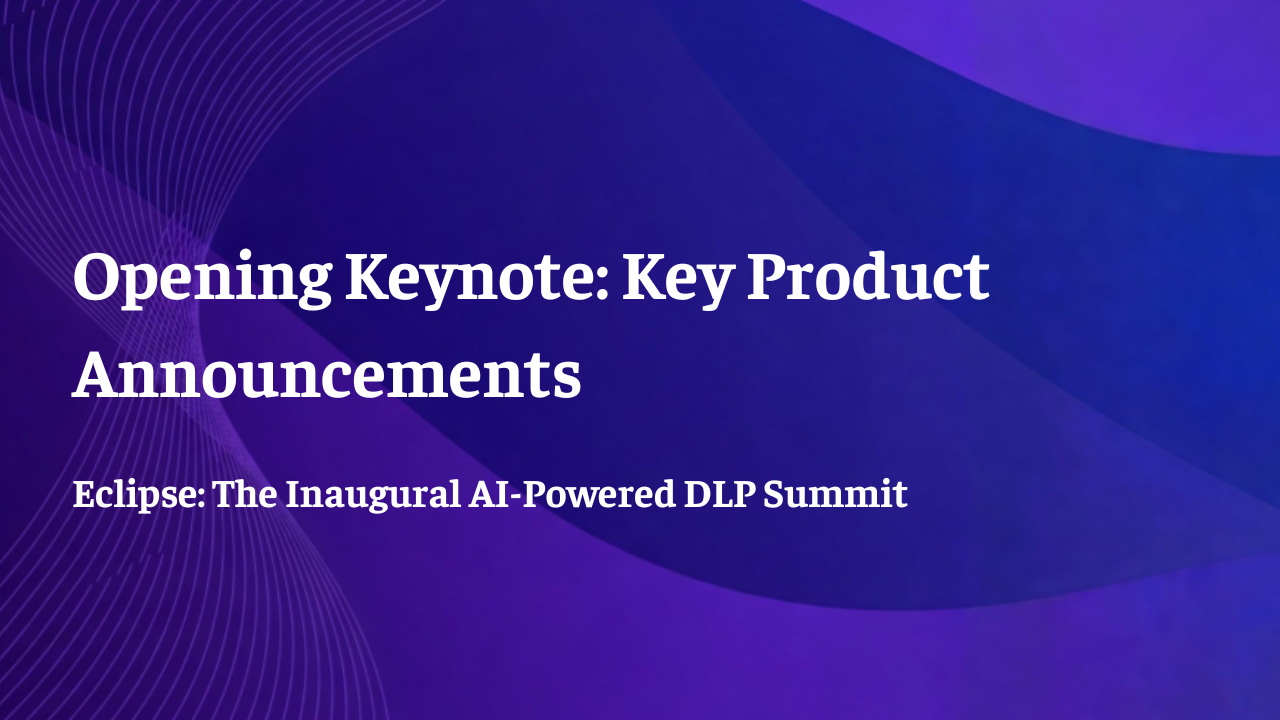

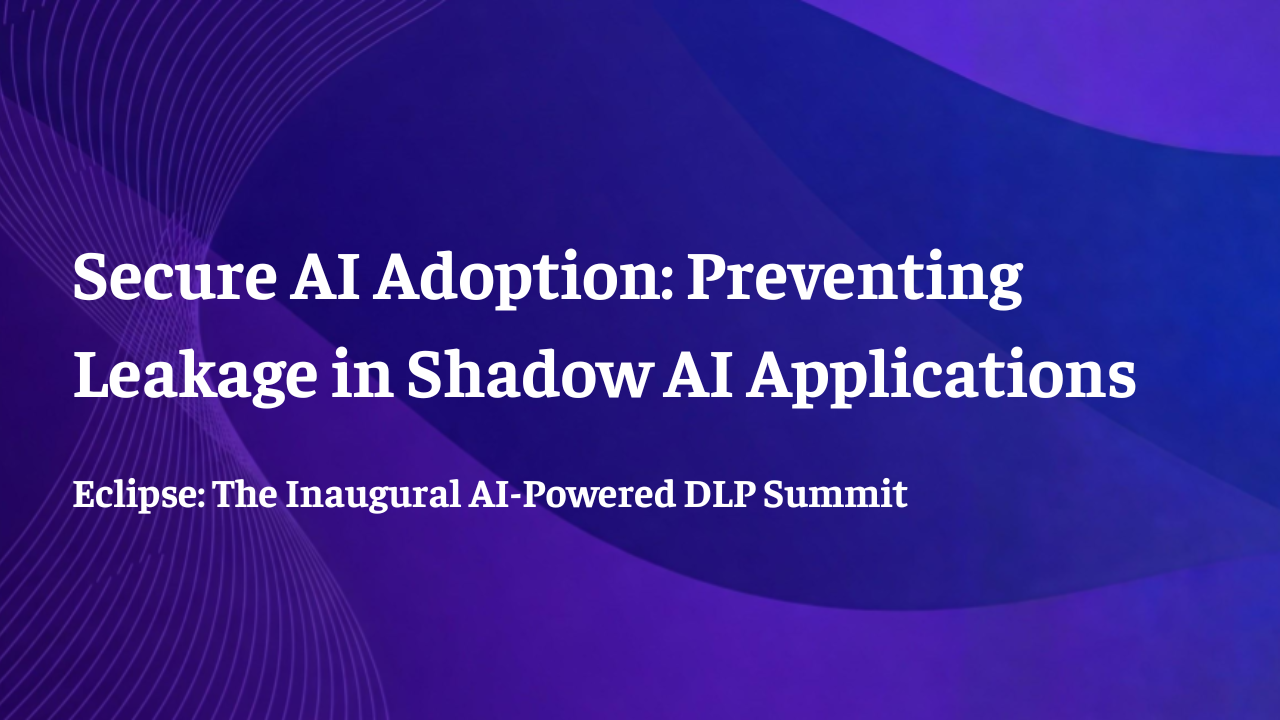






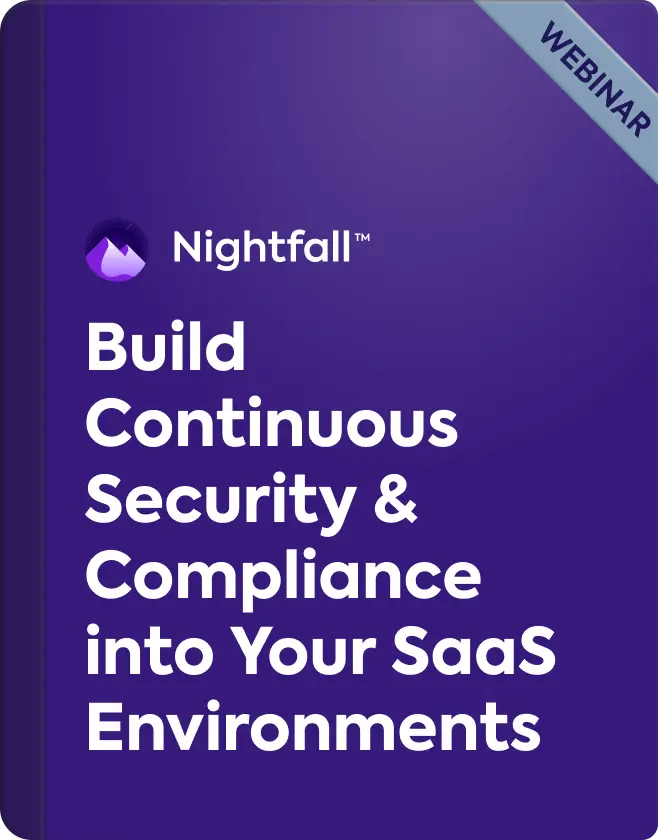
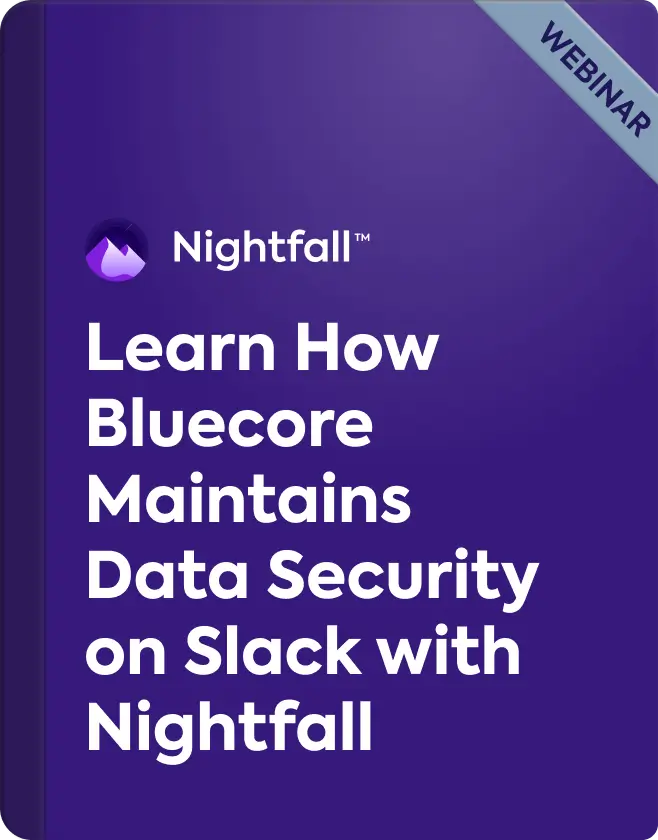

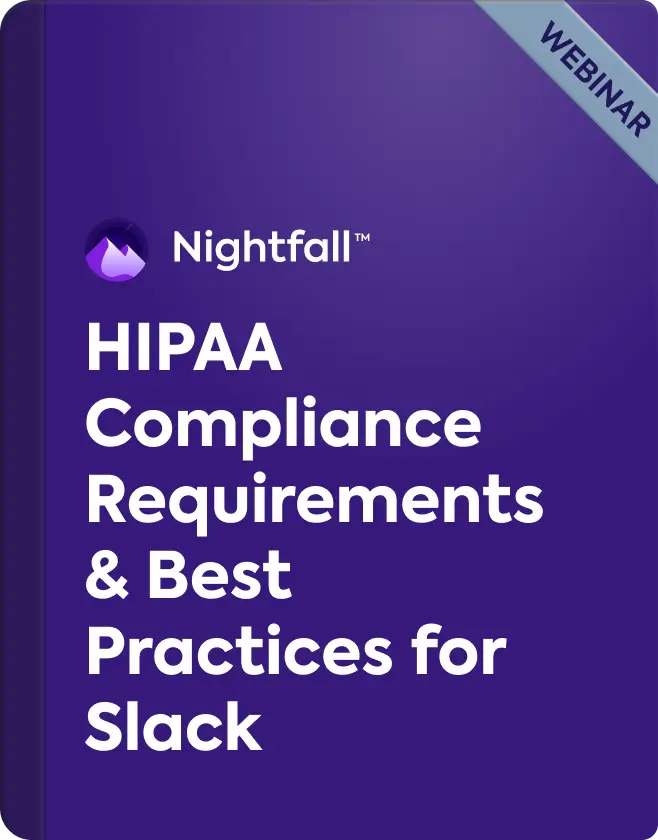
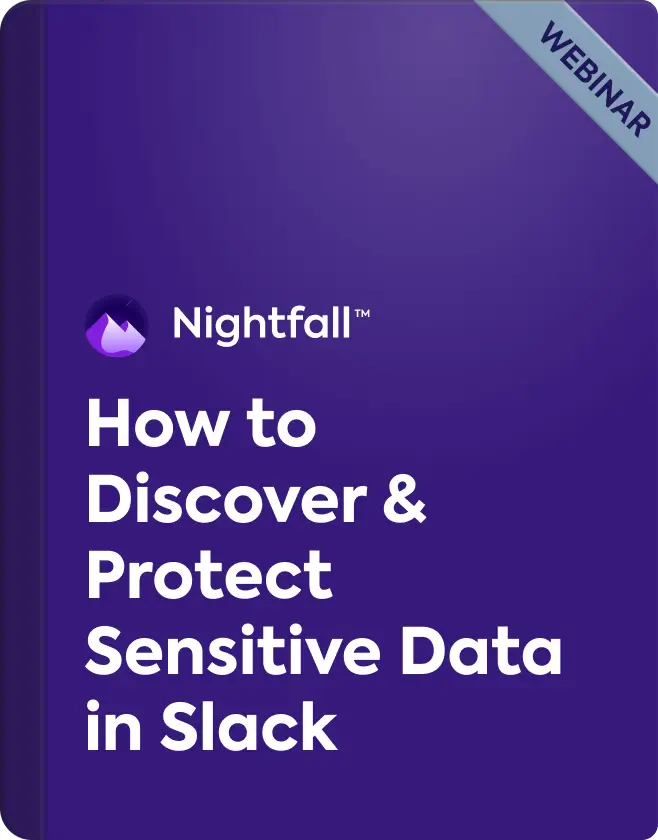

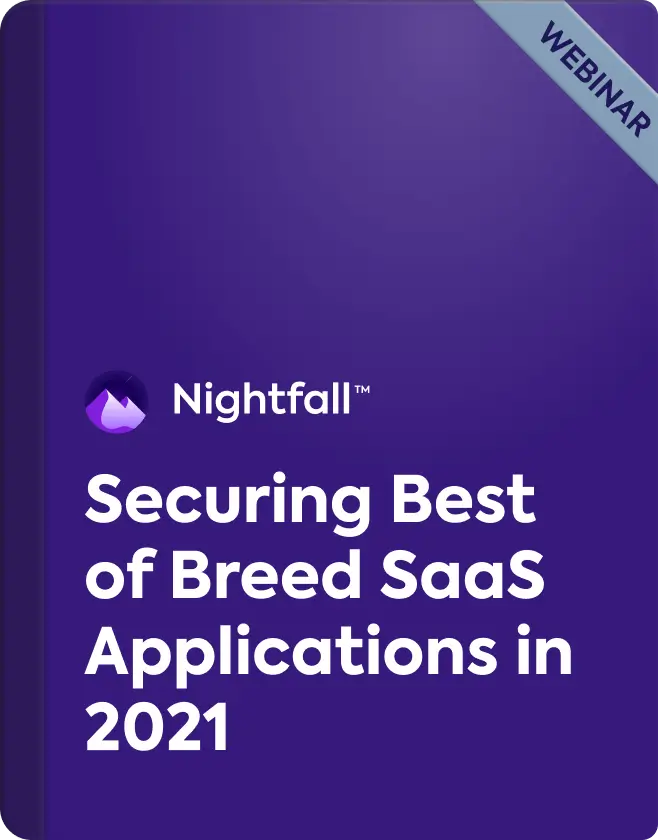

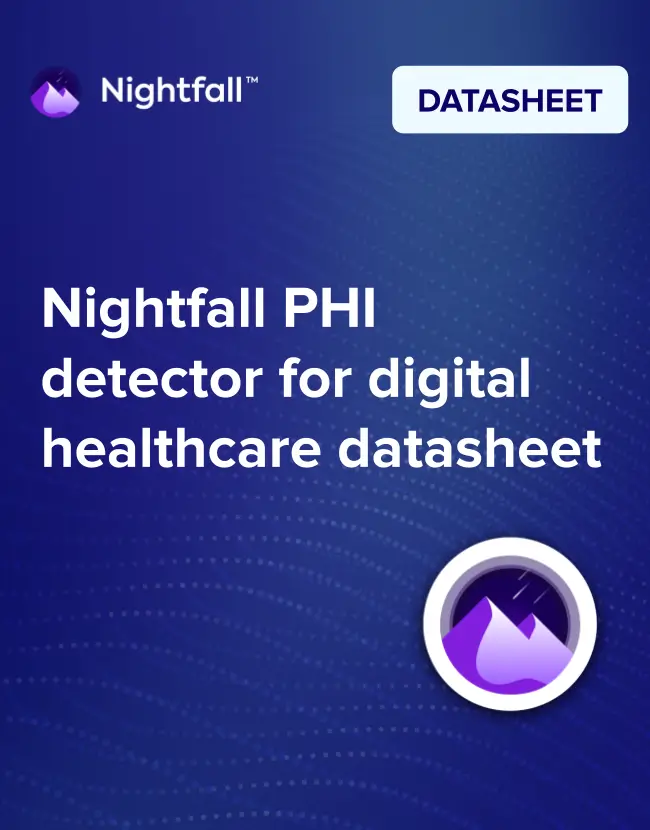
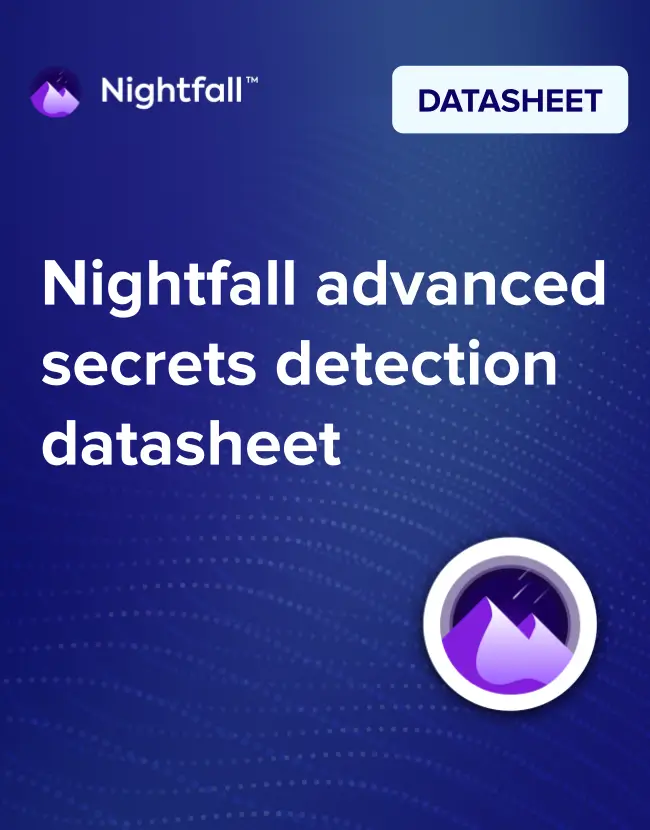


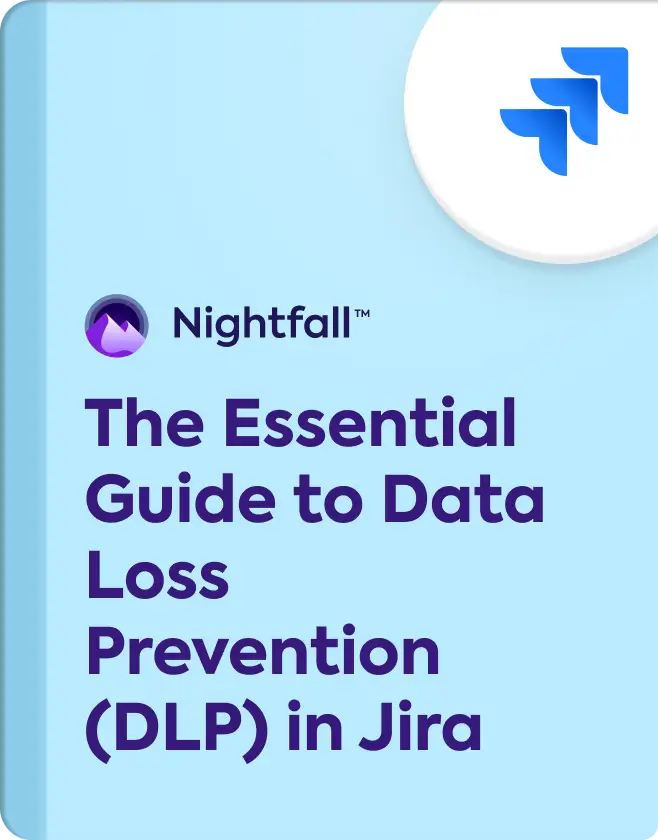



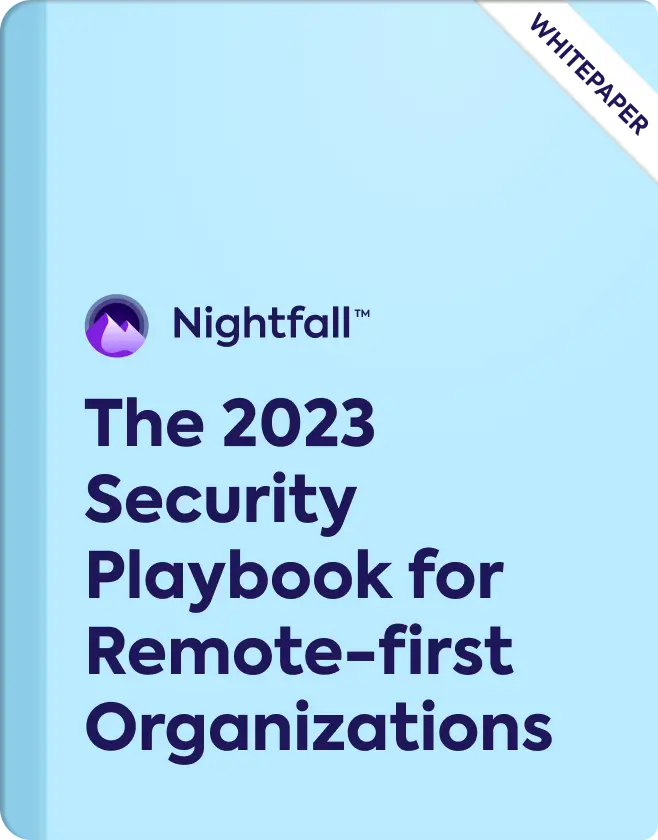
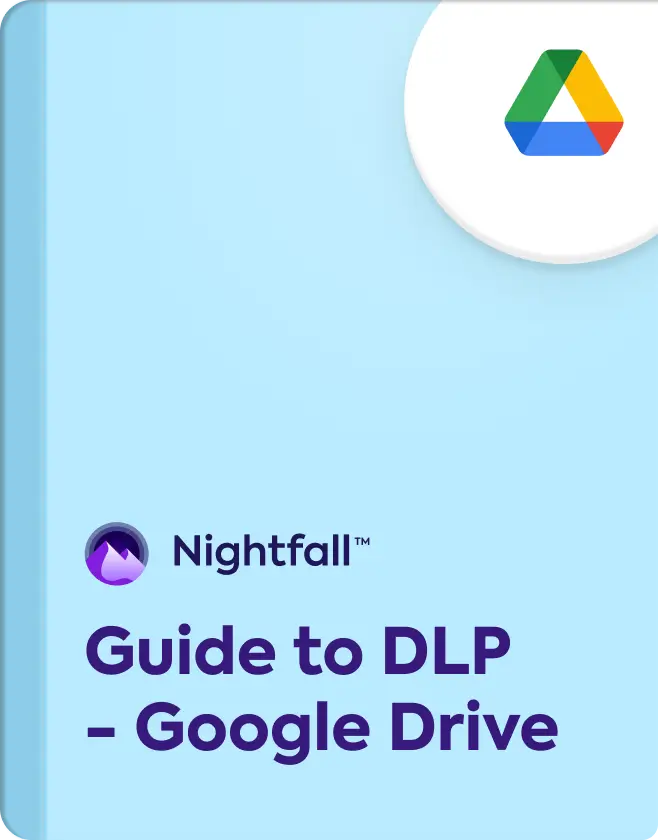
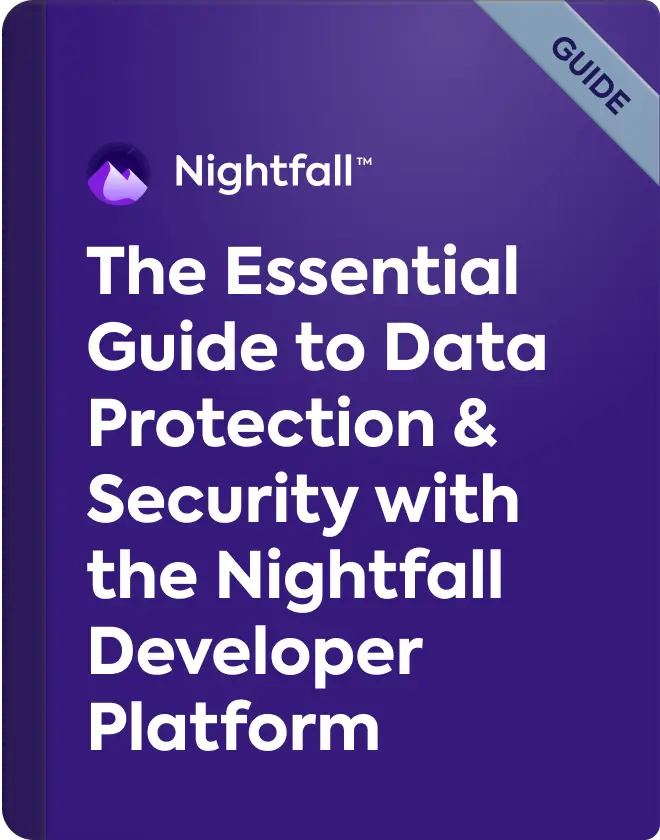



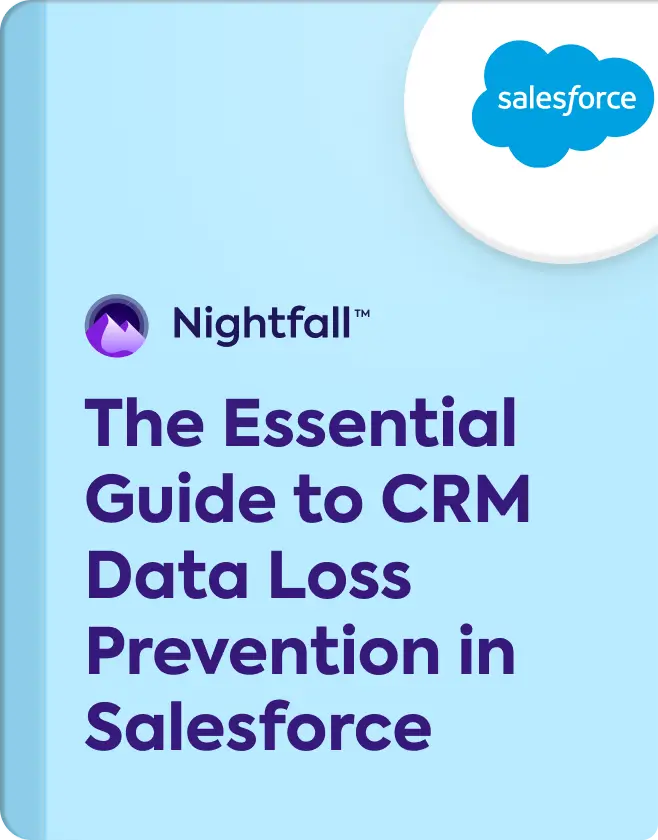
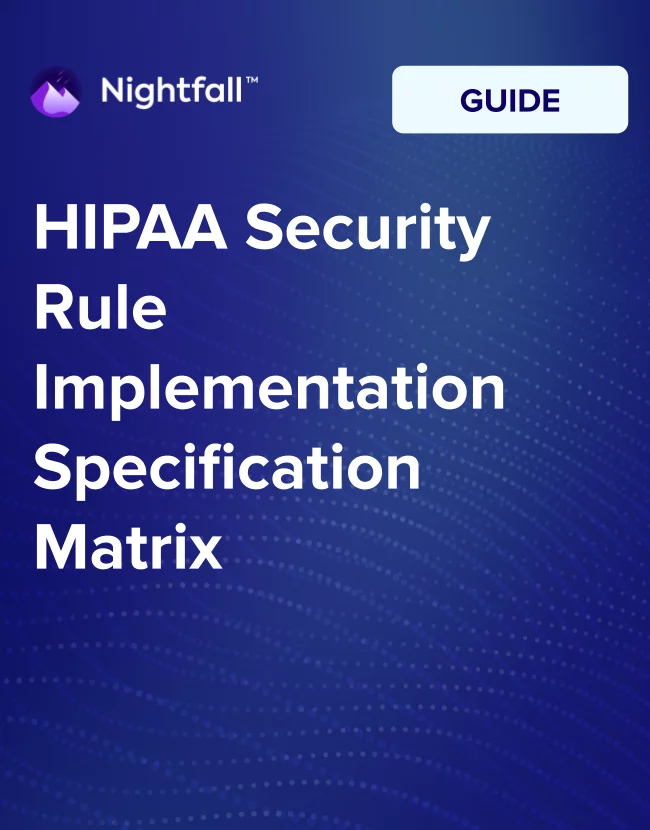
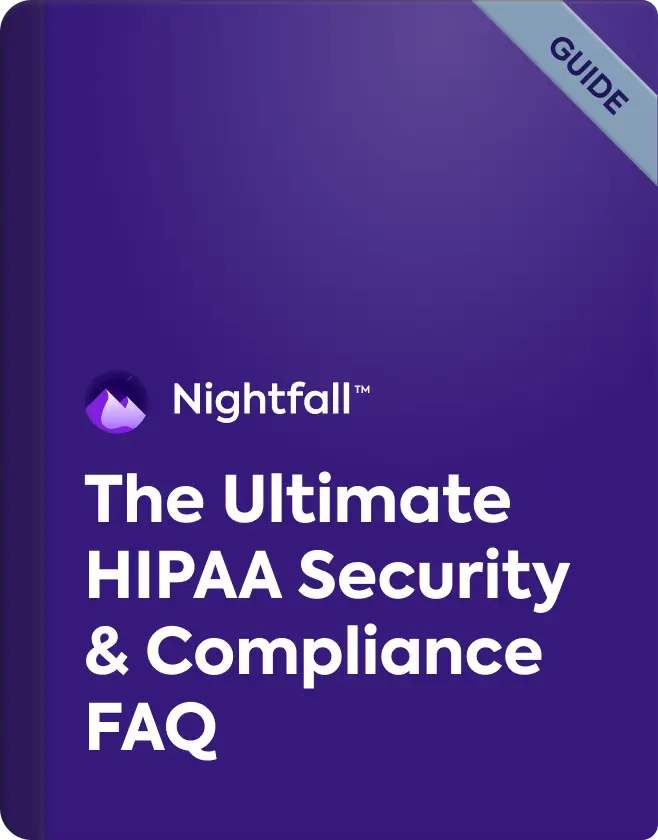


.webp)

.webp)


















.webp)



